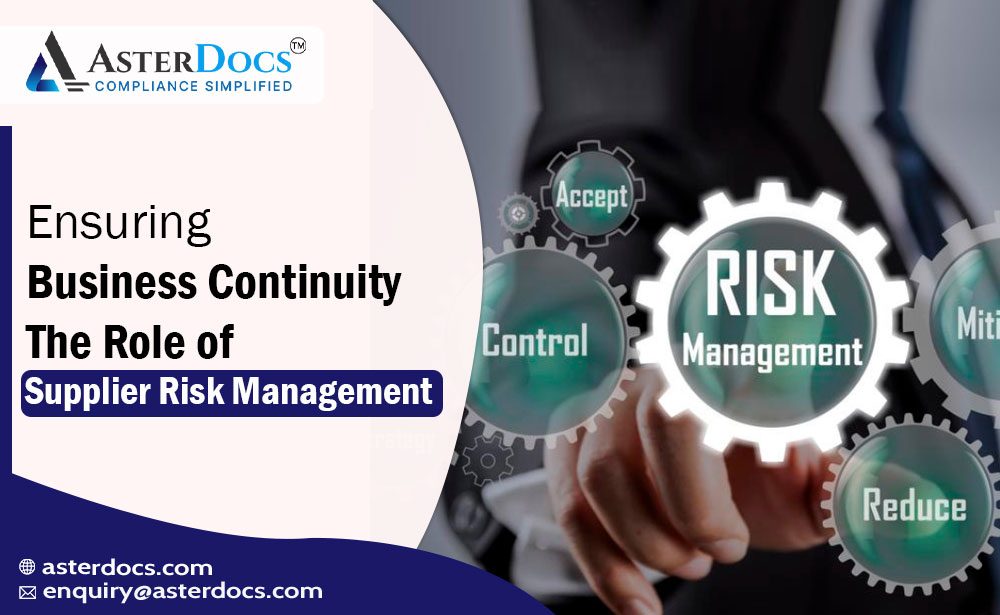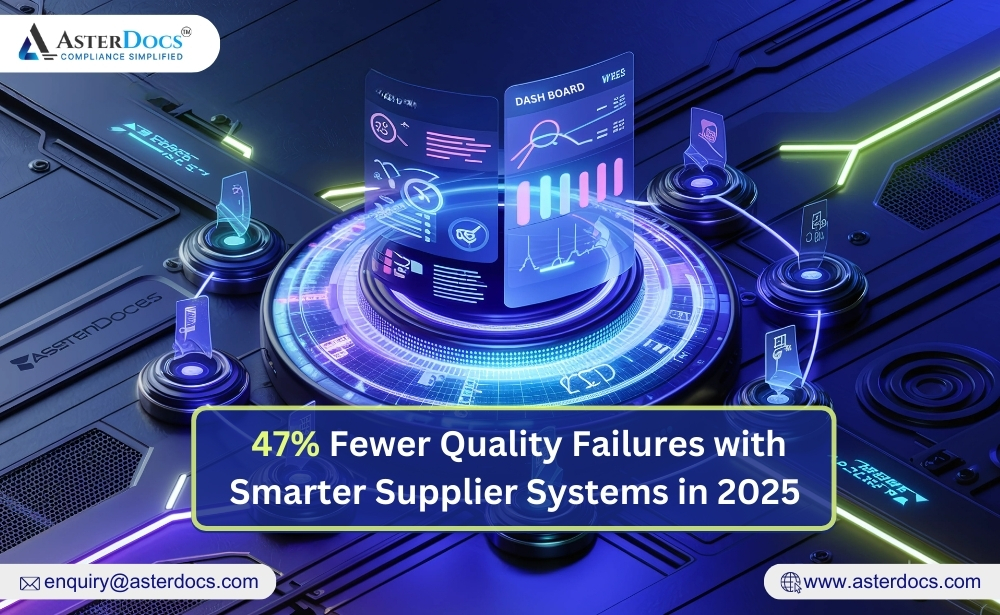In the fast-paced business world, supplier relationships are more critical than ever. Ensuring the stability and reliability of your supplier network is essential for maintaining smooth operations, reducing disruptions, and safeguarding your bottom line. This blog will explore key best practices in supplier risk management to help you ensure business continuity and build stronger supplier relationships.
Understanding Supplier Risk Management
Supplier risk management identifies, assesses, and mitigates potential risks associated with your suppliers. These risks can encompass various aspects, including financial stability, operational resilience, regulatory compliance, geopolitical factors, and more. Effectively managing supplier risks is crucial because disruptions in your supply chain can have a cascading impact on your business.
Supplier Risk Management Best Practices
Supplier Assessment and Classification
Begin by categorizing your suppliers based on their criticality to your operations. Suppliers providing essential goods or services should be subject to more comprehensive risk assessments.
Develop a clear supplier assessment framework considering various risk factors, such as financial health, location, and industry.
Risk Identification and Assessment
Utilize supplier management software to collect and analyze data related to your suppliers. This software helps you understand supplier performance, financial stability, and compliance.
Implement a risk assessment process that considers both quantitative and qualitative factors. Consider geopolitical risks, economic conditions, and regulatory changes that might affect your suppliers.
Continuous Monitoring
Supplier risk management isn’t a one-time effort. It requires continuous monitoring of your suppliers’ performance and the risk landscape.
Establish key performance indicators (KPIs) to track supplier performance. Use automated alerts and notifications to stay informed about supplier risk profile changes.
Diversification and Redundancy
Overreliance on a single supplier can pose significant risks. Consider diversifying your supplier base to reduce dependency.
Implement redundancy strategies where possible. Having backup suppliers can help mitigate the impact of disruptions.
Contractual Safeguards
Ensure your supplier contracts include clauses that address risk management. These clauses might cover dispute resolution, regulation compliance, and contingency plans.
Collaborate with legal experts to create contracts that provide sufficient protection in case of supplier-related issues.
Communication and Collaboration
Maintain open and transparent communication with your suppliers. Establish a collaborative relationship where both parties can discuss potential risks and solutions.
Encourage your suppliers to share their risk management strategies with you. This transparency can help align your efforts.
Scenario Planning and Contingency Plans
Develop scenarios for potential supply chain disruptions. These scenarios can help you understand how different risks might impact your operations.
Create contingency plans that outline specific steps to take when disruptions occur. Include alternative sourcing options and action plans for different risk scenarios.
Data-Driven Decision-Making
Leverage supplier management software and data analytics to make informed decisions. These tools can provide real-time insights into supplier performance and risk exposure.
Use data to identify trends and anticipate potential risks before they escalate.
Regular Review and Improvement
Periodically review and update your supplier risk management strategies. The risk landscape is constantly evolving, and your approaches should adapt accordingly.
Conduct post-incident reviews to learn from disruptions and refine your risk management processes.
Conclusion
Supplier risk management is not a one-size-fits-all process. It requires a combination of best practices tailored to your specific industry, suppliers, and risk landscape. By implementing these best practices and leveraging supplier management software, you can enhance your ability to identify, assess, and mitigate supplier-related risks, ensuring business continuity and fostering resilient supplier relationships.
Ready to fortify your supply chain? Explore AsterDocs today for comprehensive Supplier Qualification Management solutions. Get started now!













